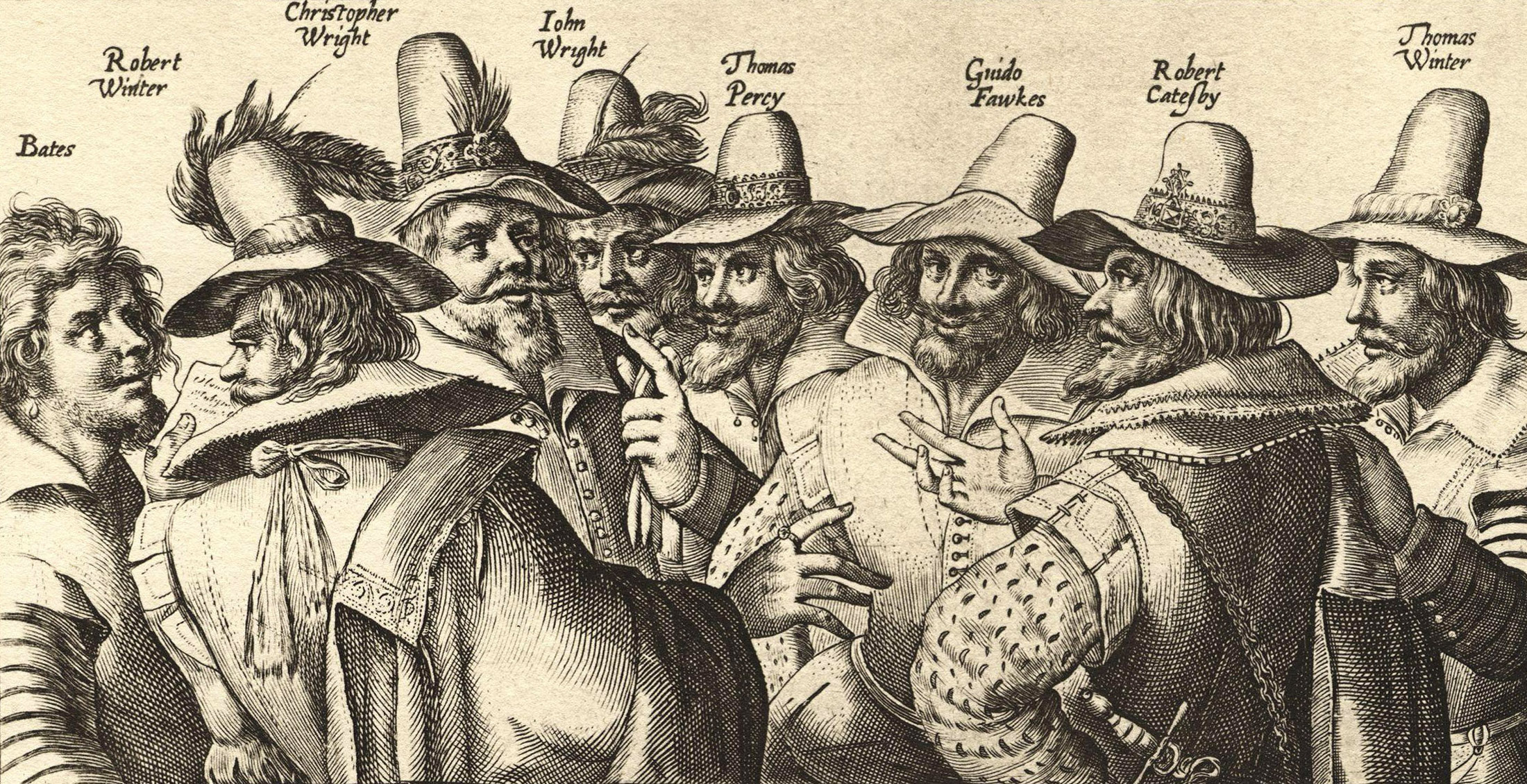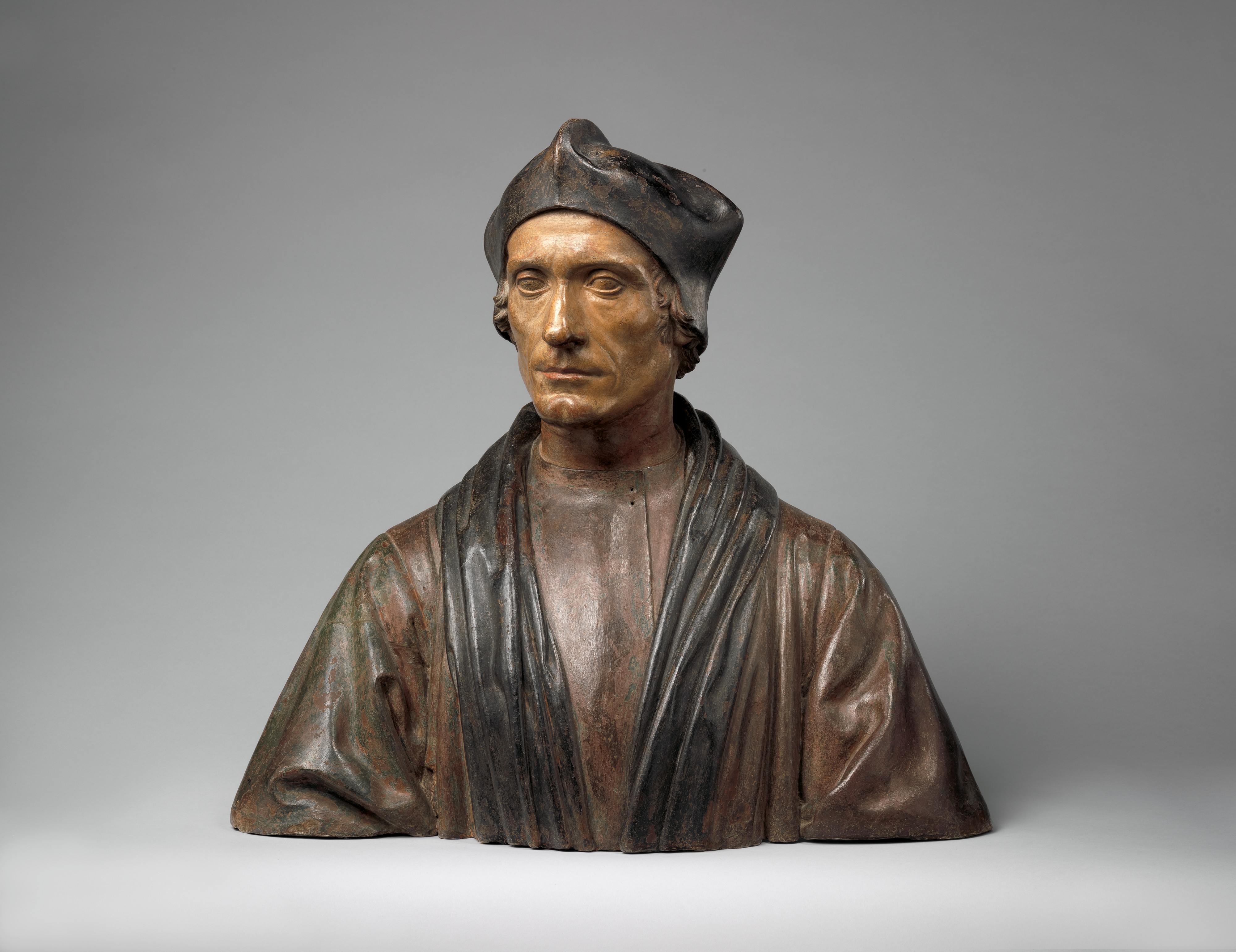|
Westminster Hall
Westminster Hall is a medieval great hall which is part of the Palace of Westminster in London, England. It was erected in 1097 for William II (William Rufus), at which point it was the largest hall in Europe. The building has had various functions over the years, including being used for judicial purposes from the twelfth to the nineteenth centuries. When a joint address is given to the two chambers of the UK Parliament, the House of Commons and House of Lords, the hall is on rare occasions the venue. It is also used for special addresses by Parliament to the Monarch. It was used to host coronation banquets until 1821, and since the twentieth century has been the usual venue for the lyings in state of state and ceremonial funerals. The fabric of the hall is particularly notable for its hammerbeam roof, a form typical of English Gothic architecture which uses horizontal trusses to span large distances. The roof was commissioned for Richard II in 1393 and built by the royal ... [...More Info...] [...Related Items...] OR: [Wikipedia] [Google] [Baidu] [Amazon] |
Westminster Hall Interior
Westminster is the main settlement of the City of Westminster in Central London, Central London, England. It extends from the River Thames to Oxford Street and has many famous landmarks, including the Palace of Westminster, Buckingham Palace, Westminster Abbey, Westminster Cathedral, Trafalgar Square and much of the West End of London, West End cultural centre including the entertainment precinct of West End theatre. The name () originated from the informal description of the abbey church and royal peculiar of St Peter's (Westminster Abbey), west of the City of London (until the English Reformation there was also an Eastminster abbey, on the other side of the City of London, in the East End of London). The abbey's origins date from between the 7th and 10th centuries, but it rose to national prominence when rebuilt by Edward the Confessor in the 11th century. With the development of the old palace alongside the abbey, Westminster has been the home of Governance of England, Engla ... [...More Info...] [...Related Items...] OR: [Wikipedia] [Google] [Baidu] [Amazon] |
Henry II Of England
Henry II () was King of England The monarchy of the United Kingdom, commonly referred to as the British monarchy, is the form of government used by the United Kingdom by which a hereditary monarch reigns as the head of state, with their powers Constitutional monarchy, regula ... from 1154 until his death in 1189. During his reign he controlled Kingdom of England, England, substantial parts of Wales in the High Middle Ages, Wales and Lordship of Ireland, Ireland, and much of Kingdom of France, France (including Duchy of Normandy, Normandy, County of Anjou, Anjou, and Duchy of Aquitaine, Aquitaine), an area that altogether was later called the Angevin Empire, and also held power over Kingdom of Scotland, Scotland and the Duchy of Brittany. Henry was the eldest son of Geoffrey Plantagenet, Count of Anjou, and Empress Matilda, Matilda, daughter of Henry I of England. By the age of fourteen, he became politically and militarily involved in The Anarchy, his mother's efforts ... [...More Info...] [...Related Items...] OR: [Wikipedia] [Google] [Baidu] [Amazon] |
Impeachment Of Warren Hastings
The impeachment of Warren Hastings, the first governor-general of the Bengal Presidency in India, was attempted between 1787 and 1795 in the Parliament of Great Britain. Hastings was accused of misconduct during his time in Calcutta, particularly relating to mismanagement and personal corruption. The impeachment prosecution was led by Edmund Burke and became a wider debate about the role of the East India Company and the expanding empire in India. According to historian Mithi Mukherjee, the impeachment trial became the site of a debate between two radically opposed visions of empire—one represented by Hastings, based on ideas of absolute power and conquest in pursuit of the exclusive national interests of the colonizer, versus one represented by Burke, of sovereignty based on a recognition of the rights of the colonized. The trial did not sit continuously and the case dragged on for seven years. When the eventual verdict was given, Hastings was overwhelmingly acquitted. It has ... [...More Info...] [...Related Items...] OR: [Wikipedia] [Google] [Baidu] [Amazon] |
Thomas Wentworth, 1st Earl Of Strafford
Thomas Wentworth, 1st Earl of Strafford (13 April 1593 (New Style, N.S.)12 May 1641), was an English people, English statesman and a major figure in the period leading up to the English Civil War. He served in Parliament of England, Parliament and was a supporter of Charles I of England, King Charles I. From 1632 to 1640 he was Lord Deputy of Ireland, where he established a strong authoritarian rule. Recalled to England, he became a leading advisor to the King, attempting to strengthen the royal position against Parliament. When Parliament condemned Lord Strafford to death, Charles reluctantly signed the execution warrant, death warrant and Strafford was executed. He had been advanced several times in the Peerage of England during his career, being created 1st Baron Wentworth in 1628,''Dictionary of Irish Biography'': Wentworth, Sir Thomas (see 'Early career'). https://www.dib.ie/biography/wentworth-sir-thomas-a8968. 1st Viscount Wentworth in late 1628 or early 1629, and, finall ... [...More Info...] [...Related Items...] OR: [Wikipedia] [Google] [Baidu] [Amazon] |
Guy Fawkes
Guy Fawkes (; 13 April 1570 – 31 January 1606), also known as Guido Fawkes while fighting for the Spanish, was a member of a group of provincial English Catholics involved in the failed Gunpowder Plot of 1605. He was born and educated in York; his father died when Fawkes was eight years old, after which his mother married a recusant Catholic. Fawkes converted to Catholicism and left for mainland Europe, where he fought for Catholic Spain in the Eighty Years' War against Protestant Dutch reformers in the Low Countries. He travelled to Spain to seek support for a Catholic rebellion in England without success. He later met Thomas Wintour, with whom he returned to England. Wintour introduced him to Robert Catesby, who planned to assassinate and restore a Catholic monarch to the throne. The plotters leased an undercroft beneath the House of Lords; Fawkes was placed in charge of the gunpowder that they stockpiled there. The authorities were prompted by an anonymous let ... [...More Info...] [...Related Items...] OR: [Wikipedia] [Google] [Baidu] [Amazon] |
John Fisher
John Fisher (c. 19 October 1469 – 22 June 1535) was an English Catholic prelate who served as Bishop of Rochester from 1504 to 1535 and as chancellor of the University of Cambridge. He is honoured as a martyr and saint by the Catholic Church. Fisher was executed by order of Henry VIII during the English Reformation for refusing to accept him as Supreme Head of the Church of England and for upholding the Catholic Church's doctrine of papal supremacy. He was named a cardinal shortly before his death. In answer to a popular petition of English Catholics, Pope Pius XI canonized John Fisher and Thomas More on 19 May 1935 as representatives of the many Catholic martyrs of England. The two martyrs share a common feast day on 22 June in the current General Roman Calendar of the Catholic Church. His name also appears in some Anglican calendars of saints. Biography Early life John Fisher was born at Beverley, Yorkshire in 1469, the son of Robert Fisher, a prosperous mercer of ... [...More Info...] [...Related Items...] OR: [Wikipedia] [Google] [Baidu] [Amazon] |
Thomas More
Sir Thomas More (7 February 1478 – 6 July 1535), venerated in the Catholic Church as Saint Thomas More, was an English lawyer, judge, social philosopher, author, statesman, theologian, and noted Renaissance humanist. He also served Henry VIII as Lord Chancellor from October 1529 to May 1532. He wrote ''Utopia (book), Utopia'', published in 1516, which describes the political system of an utopia, imaginary island state. More opposed the Protestant Reformation, directing polemics against the theology of Martin Luther, Huldrych Zwingli and William Tyndale. More also opposed Henry VIII's separation from the Catholic Church, refusing to acknowledge Henry as supreme head of the Church of England and the annulment of his marriage to Catherine of Aragon. After refusing to take the Oath of Supremacy, he was convicted of treason on what he stated was false evidence, and was executed. At his execution, he was reported to have said: "I die the King's good servant, and God's first." Pope ... [...More Info...] [...Related Items...] OR: [Wikipedia] [Google] [Baidu] [Amazon] |
William Wallace
Sir William Wallace (, ; Norman French: ; 23 August 1305) was a Scottish knight who became one of the main leaders during the First War of Scottish Independence. Along with Andrew Moray, Wallace defeated an English army at the Battle of Stirling Bridge in September 1297. He was appointed Guardian of Scotland and served until his defeat at the Battle of Falkirk in July 1298. In August 1305, Wallace was captured in Robroyston, near Glasgow, and handed over to King Edward I of England, who had him hanged, drawn and quartered for high treason and crimes against English civilians. Since his death, Wallace has obtained a legendary status beyond his homeland. He is the protagonist of Blind Harry's 15th-century epic poem '' The Wallace'' and the subject of literary works by Jane Porter and Sir Walter Scott, and of the Academy Award-winning film ''Braveheart''. Background William Wallace was a member of the lesser nobility, but little is definitely known of his family history ... [...More Info...] [...Related Items...] OR: [Wikipedia] [Google] [Baidu] [Amazon] |
English Civil War
The English Civil War or Great Rebellion was a series of civil wars and political machinations between Cavaliers, Royalists and Roundhead, Parliamentarians in the Kingdom of England from 1642 to 1651. Part of the wider 1639 to 1653 Wars of the Three Kingdoms, the struggle consisted of the First English Civil War and the Second English Civil War. The Anglo-Scottish war (1650–1652), Anglo-Scottish War of 1650 to 1652 is sometimes referred to as the ''Third English Civil War.'' While the conflicts in the three kingdoms of England, Kingdom of Scotland, Scotland and Kingdom of Ireland, Ireland had similarities, each had their own specific issues and objectives. The First English Civil War was fought primarily over the correct balance of power between Parliament of England, Parliament and Charles I of England, Charles I. It ended in June 1646 with Royalist defeat and the king in custody. However, victory exposed Parliamentarian divisions over the nature of the political settlemen ... [...More Info...] [...Related Items...] OR: [Wikipedia] [Google] [Baidu] [Amazon] |
Charles I Of England
Charles I (19 November 1600 – 30 January 1649) was King of Kingdom of England, England, Kingdom of Scotland, Scotland, and Kingdom of Ireland, Ireland from 27 March 1625 until Execution of Charles I, his execution in 1649. Charles was born into the House of Stuart as the second son of King James VI of Scotland, but after his father inherited the English throne in 1603, he moved to England, where he spent much of the rest of his life. He became heir apparent to the kingdoms of England, Scotland, and Ireland in 1612 upon the death of his elder brother, Henry Frederick, Prince of Wales. An unsuccessful and unpopular attempt to marry him to Infanta Maria Anna of Spain culminated in an eight-month visit to Habsburg Spain, Spain in 1623 that demonstrated the futility of the marriage negotiation. Two years later, shortly after his accession, he married Henrietta Maria of France. After his accession in 1625, Charles quarrelled with the English Parliament, which sought to curb his ro ... [...More Info...] [...Related Items...] OR: [Wikipedia] [Google] [Baidu] [Amazon] |
Impeachment In The United Kingdom
Impeachment is a process in which the Parliament of the United Kingdom may prosecute and try individuals, normally holders of public office, for high treason or other high crimes and misdemeanours. First used to try William Latimer, 4th Baron Latimer, during the English Good Parliament of 1376, it was a rare mechanism whereby Parliament was able to arrest and depose ministers of the Crown. The last impeachment was that of Henry Dundas, 1st Viscount Melville, in 1806; since then, other forms of democratic scrutiny (such as the doctrine of collective cabinet responsibility and the recalling of members of Parliament) have been favoured, and impeachment has been considered as an obsolete—but still extant—power of Parliament. This is in contrast to several other countries, where impeachment developed into a means to try officeholders for various misdeeds and has become a common process to the present day. Procedure The procedure for impeachment was described in the f ... [...More Info...] [...Related Items...] OR: [Wikipedia] [Google] [Baidu] [Amazon] |
Her Majesty's Courts Service
Her Majesty's Courts Service (HMCS) was an executive agency of the Ministry of Justice (MoJ) and was responsible for the administration of the civil, family and criminal courts in England and Wales. It was created by the amalgamation of the Magistrates' Courts Service and the Court Service as a result of the Unified Courts Administration Programme. It came into being on 1 April 2005, bringing together the Magistrates' Courts Service and the Courts Service into a single organisation. On 1 April 2011 it merged with the Tribunals Service to form Her Majesty's Courts and Tribunals Service (from 8 September 2022 His Majesty's Courts and Tribunals Service). HMCS structure Her Majesty's Courts Service carried out the administration and support for the Court of Appeal, the High Court, the Crown Court, the magistrates' courts, the County Court and the Probate Service in England and Wales. When established court services were administered by seven regions responsible for 42 local a ... [...More Info...] [...Related Items...] OR: [Wikipedia] [Google] [Baidu] [Amazon] |










